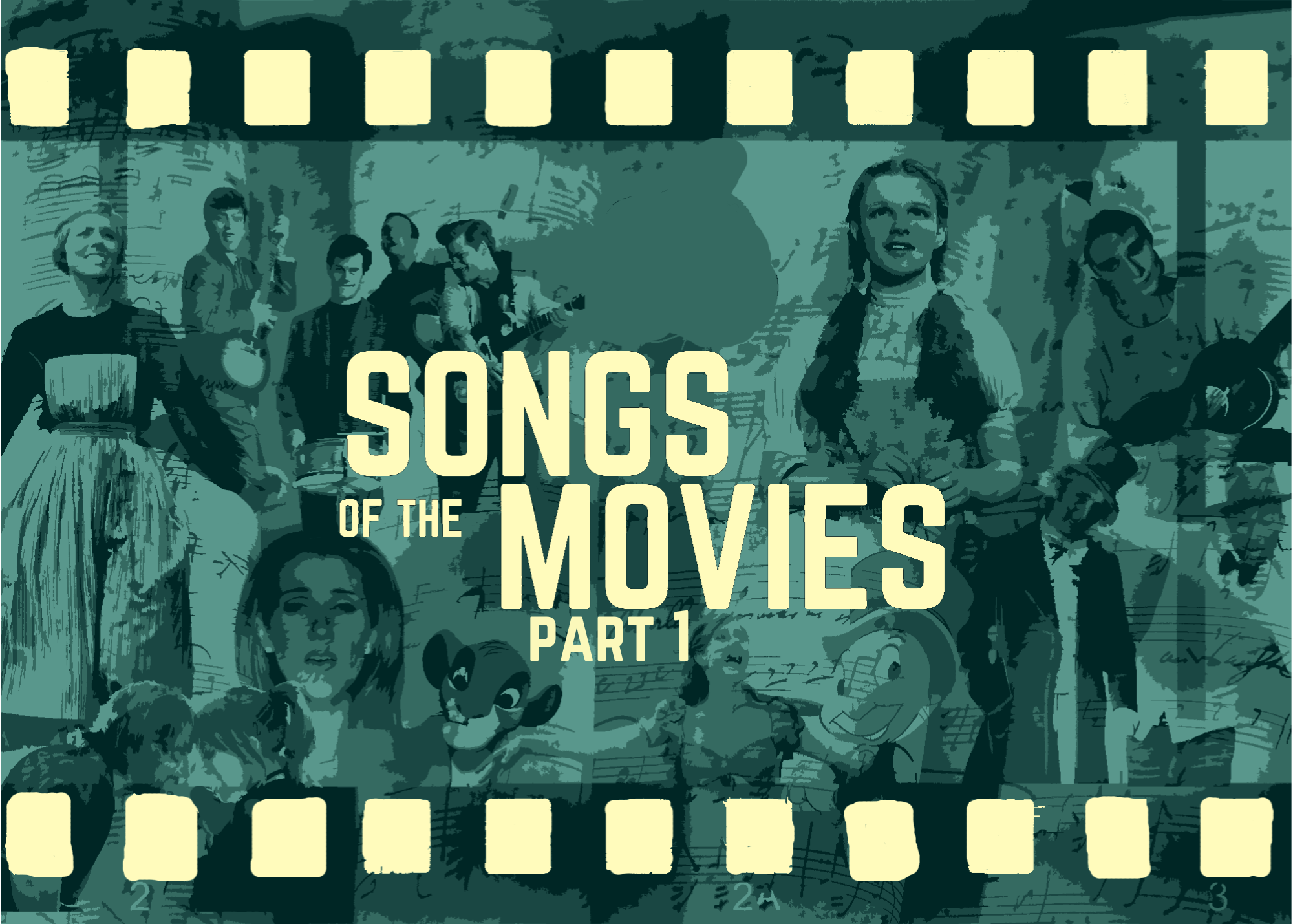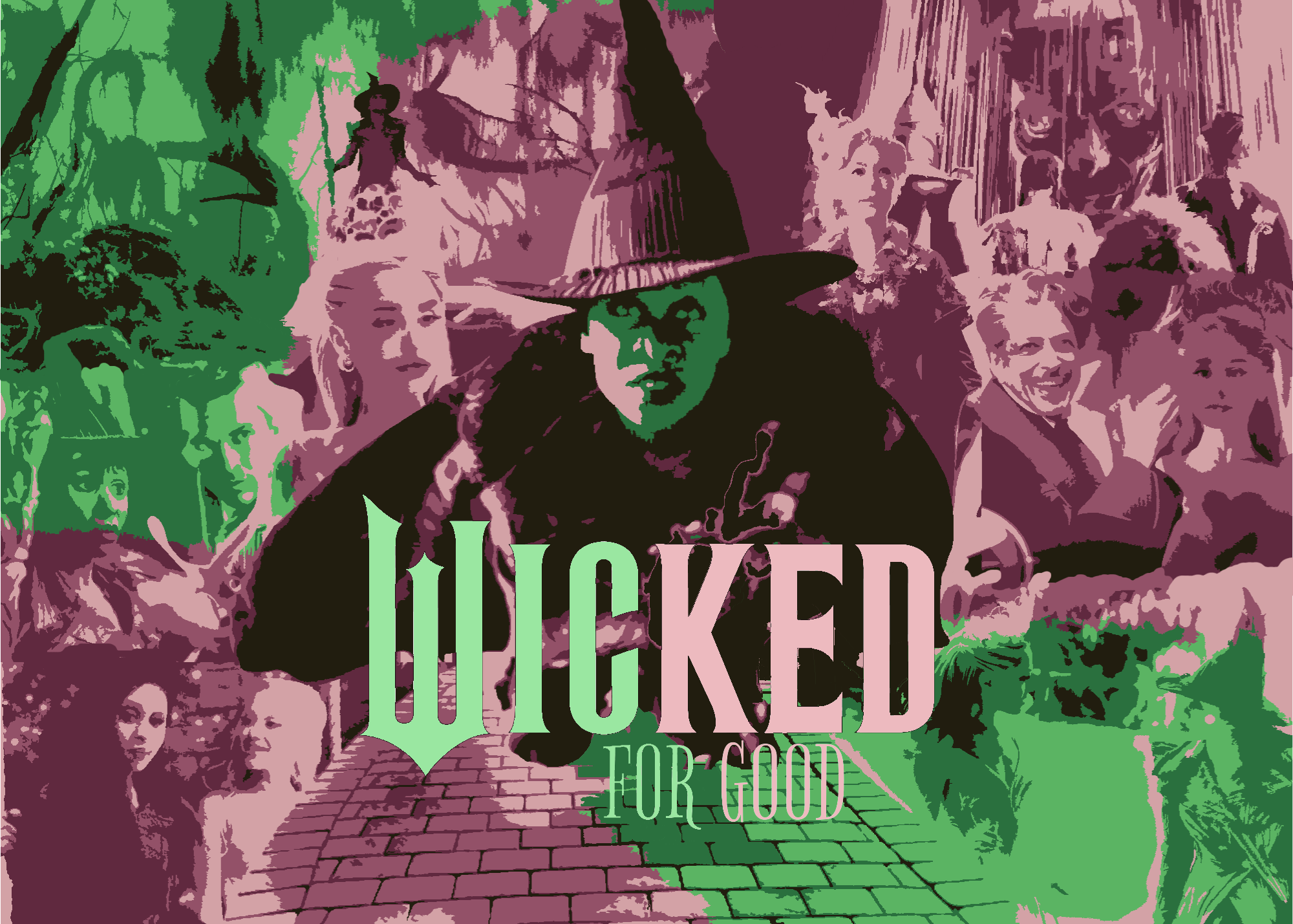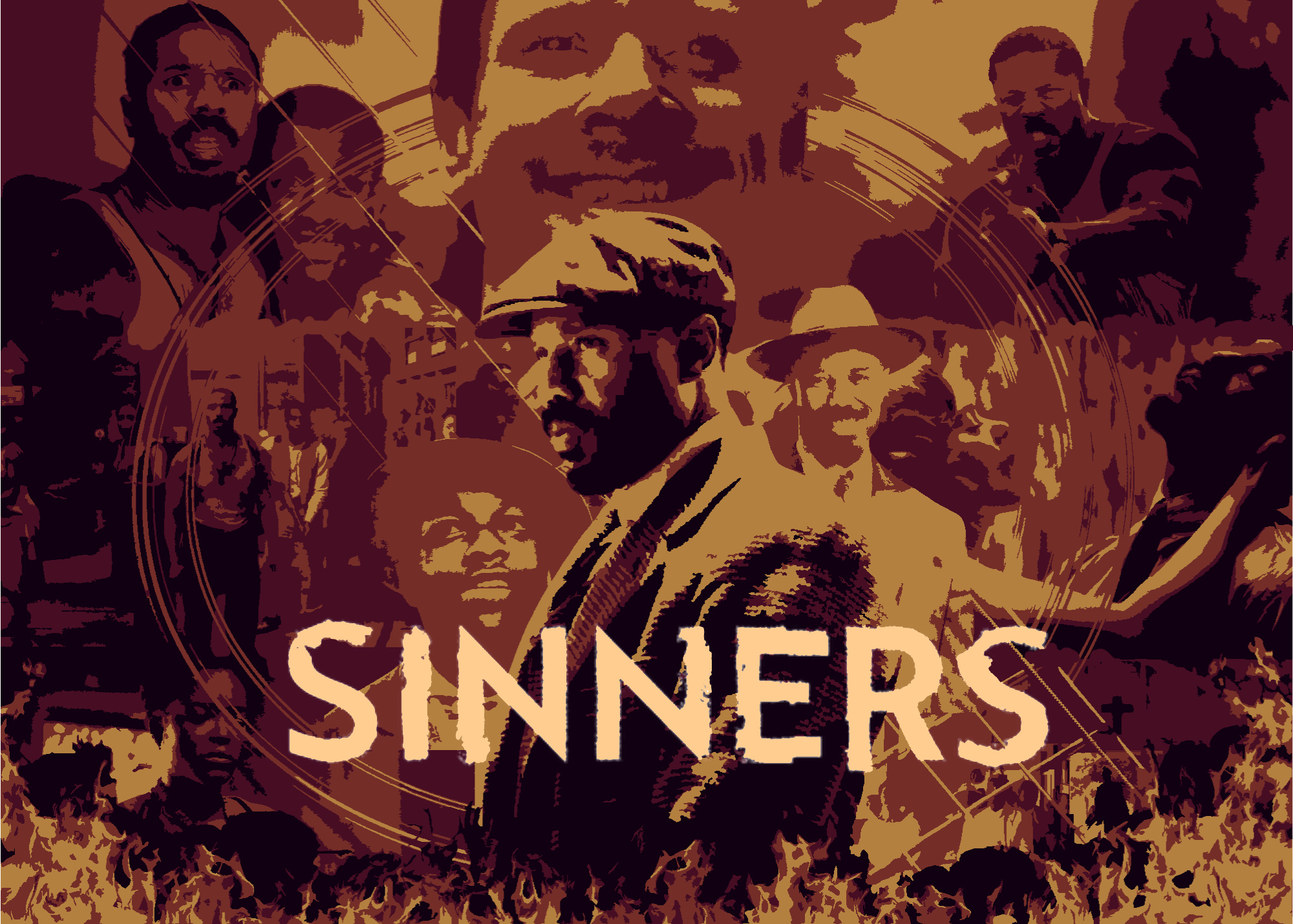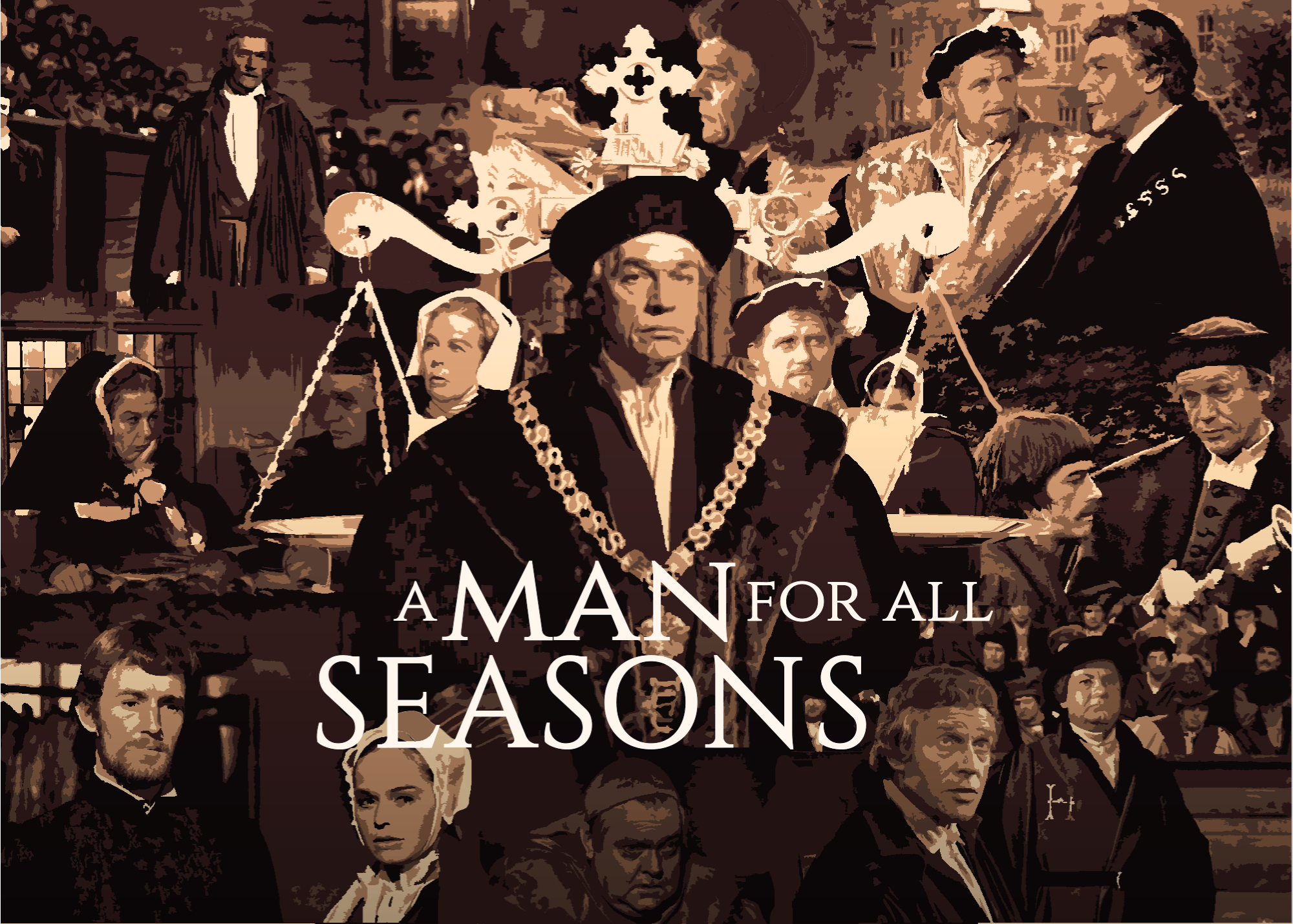"Gone with the Wind" Retrospective: Why Canceling The Past Means Sacrificing Our Future
Hollywood's most popular movie is problematic - that doesn't make it worth forgetting.
RetrospectiveOn August 11, 1949, Margaret Mitchell was crossing a street in downtown Atlanta when she got struck by a car. She got rushed to Grady Hospital, where she died five days later. In a perverse sense, it seemed destined that a car accident would end her life when one, in many ways, began it.
Twenty-three years earlier, Mitchell was recovering from another auto accident. Her husband, who had lugged dozens of books from the library, asked, “For God’s sake Peggy, can’t you write a book instead of reading thousands of them?”
So began an antebellum epic led by a vivacious southern belle who endures the Civil War and Southern Reconstruction as she strives to rebuild her world: Gone with the Wind.
The book was an immediate success. Mitchell captured the indomitable spirit of the American South, that fearsome nation of courageous defectors who had ridden into death and glory to defend their way of life. It was a dramatic ode to that “land of grace and plenty,” that “pretty world where gallantry took its last bow,” that “civilization gone with the wind."
Decades before the Civil Rights Movement ravaged these ludicrous notions of Old Southern purity, Mitchell’s lament seemed profound in recalling history. It was a white man’s world, one untainted by equality or dreams of getting judged not by the color of one’s skin but by the content of one’s character.
Such was the novel's popularity that producer David O. Selznick bought the film rights mere months after publication. As it surged towards an eventual 30 million copies sold, the book became fodder for film adaptation, and a Depression-stricken public sat with bated breath to see the Hollywood spin.
The production was troubled, partly due to the two-year casting. Selznick wanted Clark Gable for Rhett Butler, but Gable was under contract at MGM, who never leased him out. After some negotiations, Selznick settled with his father-in-law and MGM co-founder Louis B. Mayer. MGM gave $1.25 million and Gable; in exchange, they would get half the profit while their parent company got distribution rights.
With Rhett in place, it was on to Scarlett O'Hara. Selznick cast a wide net, creating a national news story. He spent $100,000 ($2.1 million in 2023) on a casting call that interviewed over 1,400 women. All the heavy hitters either lobbied, got interviewed, or screen-tested, including Joan Crawford, Carole Lombard, Lana Turner, Katharine Hepburn, Miriam Hopkins, Bette Davis, and Paulette Goddard. The two finalists were Goddard and a young English actress with little American pedigree: Vivien Leigh.
The same night as the burning of Atlanta, Selznick met Leigh. Immediately taken, he wrote to his wife that she was the “dark horse." One month later, she got cast.
Adapting the novel, which was 1,037 pages, would prove difficult. Sidney Howard wrote an initial draft that demanded six hours of film, and Selznick demanded his presence on set to revise as needed. Howard refused, so local writers took up the mantle.
George Cukor got hired to direct but was replaced by Victor Fleming three weeks into filming, ostensibly due to Cukor's knowledge of Gable’s alleged gay-for-pay past. The shoot proved too arduous for Fleming, whose exhaustion made way for Sam Wood. The film switched cinematographers, Max Steiner wrote a two-and-a-half-hour score, facades got constructed out of plywood and papier-mache, and Selznick himself operated the explosives that torched Atlanta.
It was an undertaking befitting the epic novel it adapted and the anticipation born from its popularity, which by December 15, 1939, was at a fever pitch. Atlanta held a three-day celebration to commemorate the occasion, and on that Friday, 300,000 people lined the streets leading to the Loews Grand Theater. A parade of limousines carrying the white stars arrived for the world premiere, and a phenomenon was born.
Today, Gone with the Wind has a monumental legacy. It remains the highest-grossing film ever (when adjusted for inflation), won 10 Academy Awards (including Best Picture), and is the most-watched television broadcast of a motion picture in history, notching 80 million viewers on November 7, 1976.
It is the cinematic definition of extravagance. It shines with color, sings with opulence, swells with romance, and roars with melodrama. It is everything contemporary audiences craved, and as our predecessors passed their love, we inherited their nostalgia.
As we grapple with our nation’s racist past and the bigotry that still plagues the country, we evaluate Gone with the Wind differently. We refuse to grade it on a curve, excusing its racism based on age or ignoring the prejudice due to merit. Instead, we employ extremes, condemning it as a relic so smothered by cobwebs and scratched by reality that it isn't worth the trouble. After all, doing so would be rationalization. The movie exists: contextualizing it will not make it any less bigoted.
We cannot ignore Pork’s imbecilic obedience, Prissy’s intellectual troubles, or Mammy’s stereotypical sass. We cannot disregard that its idea of racial sensitivity is a man pouring scotch for a slave an hour after he refers to a black woman as a “simple-minded darkie.” We cannot behave like the novel, which refers to the Ku Klux Klan as a “tragic necessity,” does not have its thematic imprint on the movie. We cannot pretend that all beloved things are perfect and that their shortcomings' victims cannot demand re-appraisal. It is easy for a heterosexual white man, subjugated by no one and oppressed by nothing, to dismiss offense taken at something inoffensive to him.
Alas, Gone with the Wind’s complicated legacy offers more than platitudes for white saviors or a platform for black people. Repetition is the death of impact. Anyone who does not know is ignorant by choice, and those who know do so well: reminders are simply preaching to the choir.
Its value is the discussion of nuance and how little we employ it. Everyone is this or that with no in-between; every argument gets reduced to correct or incorrect, right or wrong, yes or no. The echo chamber security we install in our minds offers instant gratification. However, our collective shock over the many social problems facing our country becomes, if not disingenuous, inexcusable. The world is before us; we cannot pretend it is not there and then act shocked that it is there.
Gone with the Wind is best seen squarely and acknowledged entirely. It insults and degrades black people. Its warped mindset strong-armed McDaniel, whose performance earned her the first Oscar won by a black person, into thanking the Academy for the privilege to embody that disgusting term, “a credit to her race.”
But for how passionately it depicts its twisted racial “ideals,” Gone with the Wind is not a movie whose story leans on the broken backs of black people. It is a movie so cartoonish in its casualness it becomes humorous.
The aforementioned imbecilic obedience, intellectual troubles, and stereotypical sass are impossible to take seriously. It is so self-aware in its dishonesty it becomes laughable in flowering its prejudice. We should not, and cannot, ignore it. It is instead something to see, scoff at, and move on.
In many circles, such thoughts are racist, and rationalizing indifference to Gone with the Wind’s bigotry is a means to a troubling end: clinging to the past despite knowing its flaws. Within that comparison is another fault: rejecting nuance. Reasons exist and don't always satisfy, but we must acknowledge the difference between ignoring the truth and accepting it completely.
The whole truth is that Gone with the Wind is a film with racism that is not racist. Its story, despite the setting, is not built on racism. No development gets furthered by it, and no resolution is sought or attained by it. It is not Cimarron, whose narrative distance from prejudice cannot overcome a lack of awareness that Gone with the Wind possesses; it is not The Birth of a Nation, which rejoices in loathing black people and begins, rises, and concludes in that joyful loathing. It is Gone with the Wind: a film that deserves criticism for its failings but praise for its triumphs.
Few films have that innate quality that lets a movie stick. It cannot get defined or quantified, and therein lies the magic that compels us to return 82 years later.
Despite its runtime, it never feels purposeless. Whether in the gossipy drama of the Antebellum South, the savagery of the Civil War, the grueling Reconstruction, or the domestic disputes that lack the weight of the preceding drama, it feels vital. Scarlett's flaws are shameless; she is uncompromising during her numerous ethical breaches.
Why is this admirable? The answer is draped against the setting Georgia sun while she beholds her crumbled world. Whether she must lie, steal, cheat, or kill, as God as her witness, she will never go hungry again.
It is a worthy battle, despite our disdain for the Southern cause. She is a human being, neither a penny in her pocket nor any means of self-actualization, who has resolved to succeed. It is not an easy path. After all, there are no accidental billionaires. The only choice is paving it with the people she seeks to protect. It was not just her that she swore to salvation. How her kin will feast and thrive is sacrificial. In this pursuit, sentiment is useless.
Scarlett earns our admiration because she is everything we swear we could never be; in that distance is familiarity. She creates what we visualize within us, and the contrast between her lack of ethics despite the results gives the film depth.
We know Scarlett. From the teenager who toys with the Tarletons on the steps of Tara to the woman who vows recompense on the staircase of her mansion, she is everything we encounter in ourselves without wholly realizing it. We struggle as she struggles, battle as she battles, and persevere as she perseveres. We also make unconscionable compromises, take for granted those we long for most, and fail to see the value in what loss teaches us is most valuable.
Films have few better means of imparting a message, theme, or purpose. Scarlett is a war cry and a battle charge: whether childish in her aspirations or resolved in realizing them, she is a warrior.
Accidental or not, Gone with the Wind weaves much comedy into her conflict. She leads her singular cavalry charge, but often with a laugh from us. Defensible or not, there is something funny about her escalating immorality. She needs Frank Kennedy’s funding for a lumber business, so she steals him from her sister. She infects Ashley’s marriage, weakening its defenses to claim him for herself. She chastises Melanie for feeding returning soldiers because she wants a fuller belly.
Despite herself, Scarlett embodies a complex principle: seemingly contradictory traits can exist within the same person. Someone can violate human decency and still be an admirable figure. A person can be everything we destest but still be, almost because of those things, respectable.
It is a testament to Scarlett that no matter how frequently the film addresses her romantic struggles, it never relies on them. She is a woman in business and love with men, but never of them entirely. She is autonomous and thus powers her story herself. Even when it draws an unintentional laugh, usually when Scarlett pines for what she cannot have, it never dilutes the drama, which it understands in a greater sense than it imagines. We marvel at the flames consuming Atlanta as Rhett and Scarlett whisk Melanie and baby Beau to Tara. We get enraptured by the staging, costuming, and rags-to-riches struggle before realizing neither one could mean as much as the home from which we fought that struggle.
However, the real value lies in every moment existing for us. Every person in Scarlett's life matters, so we attach to them like their counterparts. The Tarleton Twins are those childhood friends who move away. Aunt Pittypat is the neighborhood kook who trapped you in conversations, who you wished would vanish until, one day, you realized she was never coming back. Dr. Mead is the wise sage you cherished but failed to appreciate as you aged.
No matter how many years pass, we realize how much we adored those who shaped us, even if we never liked them. Perhaps they annoyed, impeded, challenged, or betrayed us, but just as every character draws us to them in our life, we get drawn to them in Scarlett’s.
It is why every step feels like a march to something greater. Every quarrel with Rhett, plea to Ashley, spat with Suellen, or outburst at Frank; every time she deceives Melanie or gets checked by her conscience is a page in a compelling story. Even as Melanie lay dying and Ashley strikes Scarlett with the cold reality that Melanie was his only dream “that didn’t die in the face of reality,” we feel that sting: all the passion in the world cannot create true love.
It is flawed in morals and occasionally in merit, but Gone with the Wind achieves its aspired greatness. It is an ode to all we loathe but ironically becomes a lament on something its creator would despise. We know and are better now, despite having quite a way to travel. One day we might arrive or get lost and never find our way.
But if there was a time (and no flowery crawl will convince us the Antebellum South was that time) we could believe the world was ripe for renewal and not destined for ruin, Scarlett's story holds the means of recapturing it. It is not in her enslavement of black people, employment of cons she lets get brutalized, aims at extramarital liaisons, or interfamilial betrayals. It is not in her exploitation of affection or dishonesty in claiming her own. It is wanting to look young and be young when you are young. It lies within being a person with ideals and ambitions, even if selfish.
It is in viewing the world through glasses of your color and refusing to paint your perspective with a different hue. It is in marching to the beat of your own drum, unafraid and unaffected. It is in that wide-eyed youth, easily corrupted but always balancing belief with truth.
Scarlett realizes it after the voices of the formative men in her life ring out the name “Tara."
It is home, where we find the strength to be more than what the moment makes of us, that we can become whoever necessary to make our dreams reality. Despite Mitchell’s claims, gallantry did not take its final bow when the South fell. The world she speaks of never existed, but it can today. It can have true grace and plenty and reject the “necessary tragedies” that upheld the vile world she held so sacred. If we can be more like Scarlett, our dreams do not have to die like Ashley’s: that civilization we can become need not be gone with the wind.
.png)
96
Director - Victor Fleming
Studio - MGM
Runtime - 238 minutes
Release Date - December 15, 1939
Cast:
Vivien Leigh - Scarlett O’Hara
Clark Gable - Rhett Butler
Olivia de Havilland - Melanie Hamilton
Leslie Howard - Ashley Wilkes
Hattie McDaniel - Mammy
Thomas Mitchell - Gerald O’Hara
Butterfly McQueen - Prissy
Evelyn Keyes - Suellen O’Hara
Oscar Polk - Pork
Editor - Hal C. Kern, James E. Newcom
Screenplay - Sidney Howard
Cinematography - Ernest Haller
Score - Max Steiner

%20(13%20x%206%20in)%20(13%20x%204%20in).png)


































.png)






.png)